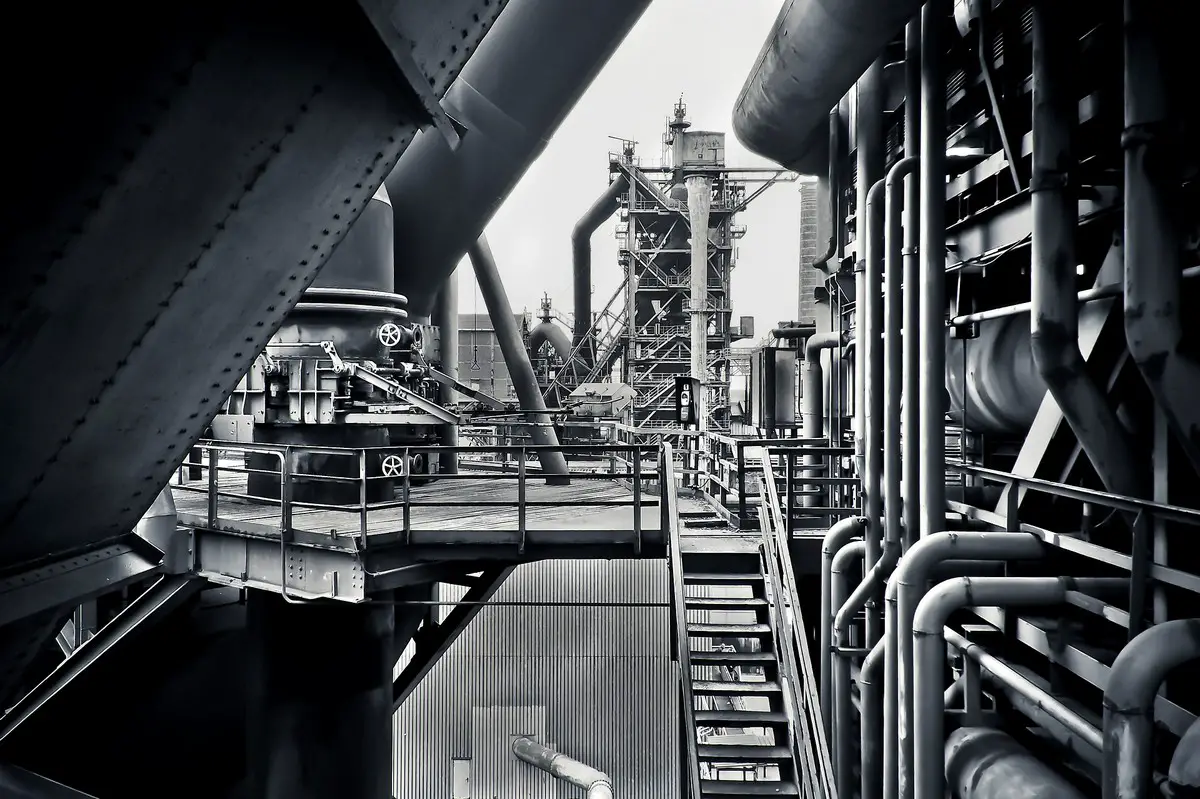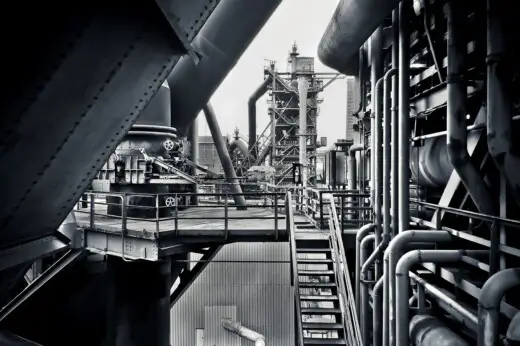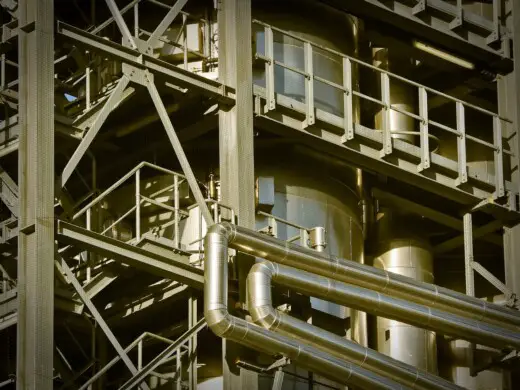Metal engineering and steel structure elements advice, Levstal Group construction company
Metal Engineering and Steel Structure Elements Guide
12 May 2022
When it comes to metalworking and steel manufacturing companies, the market is full of capable companies and the competition is at all-time high. In this situation, it is as important as ever to research and acquire more information before choosing one company for your project.
Here, we are going to cover Levstal as one of many competitors in the field of metal engineering and steel manufacturing. Levstal Group is a steel construction family company that provides a wide array of services in the steel fabrication department and is considered the market leader in Estonia when it comes to steel structures manufacturing.
Metal Engineering and Steel Structure Elements Advice
Levstal is capable of providing services such as metal fabrication, metal engineering, the fabrication of steel structures and steel houses, and more. It has over 30 years of experience in the field of steel fabrication and has hundreds of satisfied clients all over the planet.
Levstal’s expertise can be utilized in many different fields and for many different projects, but it would be fair to say that one of the biggest use cases for the company is steel structure fabrication – the creation of complex objects that are made using multiple steel components.
There are many different elements that can be used as a part of a steel structure, and there are also many different variations of the steel itself that is used to create all of these elements. Since steel itself is an alloy of two different materials (iron and carbon), it also creates a possibility to add other elements or materials to the alloy to change the properties of the metal in question.
The addition of sulfur and phosphorus improves fatigue strength, adding either copper or the combination of nickel and chrome boosts corrosion resistance, and higher tensile strength and yield strength can be achieved by using manganese and carbon in the alloy. There could also be downsides to these additions, as well – carbon and manganese, for example, reduce the material’s ductility and make it harder to weld.
Since we were talking about the different steel elements that could be used to create steel structures, it would be logical to list at least some examples. This list is by no means complete, it only exists to showcase the variety of shapes and forms that steel can take:
- Rods
- Tees
- Beams
- Sheets
- Plates
- Angles
- Rail profiles, etc.
More information about different steel structure elements, as well as steel structures in general, can be found in this article – https://levstal.com/blog/steel-structure/.
We have already mentioned how there are many different forms of steel structures, and one of those forms is fairly common in a general construction process – a steel frame. Steel frame, or steel frame structure, is a technique that uses different steel structure elements (mainly beams and columns) to create a “skeleton frame” of sorts. This “skeleton frame” is then used as a baseline to construct the object in question – it can be both regular buildings as well as non-residential structures.
In this context, we can also go over the advantages and disadvantages of steel frames specifically (aside from the changes brought by different alloys of steel). Steel’s resistance to corrosion is already rather impressive (when not exposed to the combination of moisture and air on a regular basis), and it can also be boosted by adding other materials to the alloy.
Steel is also fire-resistant, it has barely any fire spread and it can also be improved the same way as with corrosion. The ability of steel products and objects to be mass-produced makes every construction project that much faster, and it is not susceptible to insect-related degradation or mammal degradation (unlike other frame materials). Steel’s overall strength and durability is also a substantial advantage, all things considered.
However, there is no perfect construction material so far, which is why steel has its own share of disadvantages and problems. For example, steel’s thermal conductivity is on a high enough level that it creates a problem that is low energy retention for buildings and constructions – since any heat would dissipate that much faster when compared with other construction materials.
Steel is also not fit at all to work the same way as you work with wood – steel cannot be adjusted on the construction site if there is a problem with fitting parts together. This creates a rather high requirement on steel fabrication companies – everything has to be extremely precise and calculated on the earliest stage of a project.
Steel also requires a large number of supplementary structures during construction – sheathing, drywall, insulation, etc. While this does technically make the entire construction process longer, the overall time savings that come from the ability to mass fabricate steel structure elements outweigh this particular issue by a rather large margin.
We have already mentioned how steel frames are comprised of many different structural elements. Some of these elements are then used to carry the structure’s entire weight, or at least a part of it – these elements are called load-bearing structures.
Load bearing structure elements usually are beams, columns, trusses, braces and walls. Depending on the structure type of the project in question, different load bearing structures might be used to hold the structure’s weight. In some cases walls are load bearing structure elements (with wall-bearing steel frames), and in other cases beams and columns are used in the same fashion (with skeleton steel frames).
Most of the time, the purpose of the final structure defines what steel structure elements would be used as load-bearing. If the building in question is a multi-story construction project, then the skeleton frame might be the best option. If the project is somewhat easier than that, then using walls as load-bearing structure elements should be the most effective choice.
In any case, deciding what kind of steel frame type and load bearing elements would be used is something that has to be done before the construction as a process – at the design stage, so that the project in question can be calculated and modeled beforehand. Luckily enough, Levstal offers all of these services, and takes pride in its capability to adapt to the customer’s needs and requirements.
Comments on this guide to Metal engineering and steel structure elements article are welcome.
Architecture
Edinburgh Structural Engineers
Virgin Hotels Edinburgh Victoria Street
Comments / photos for the Metal engineering and steel structure elements advice page welcome






